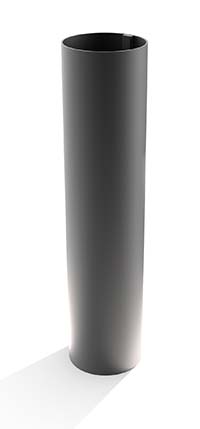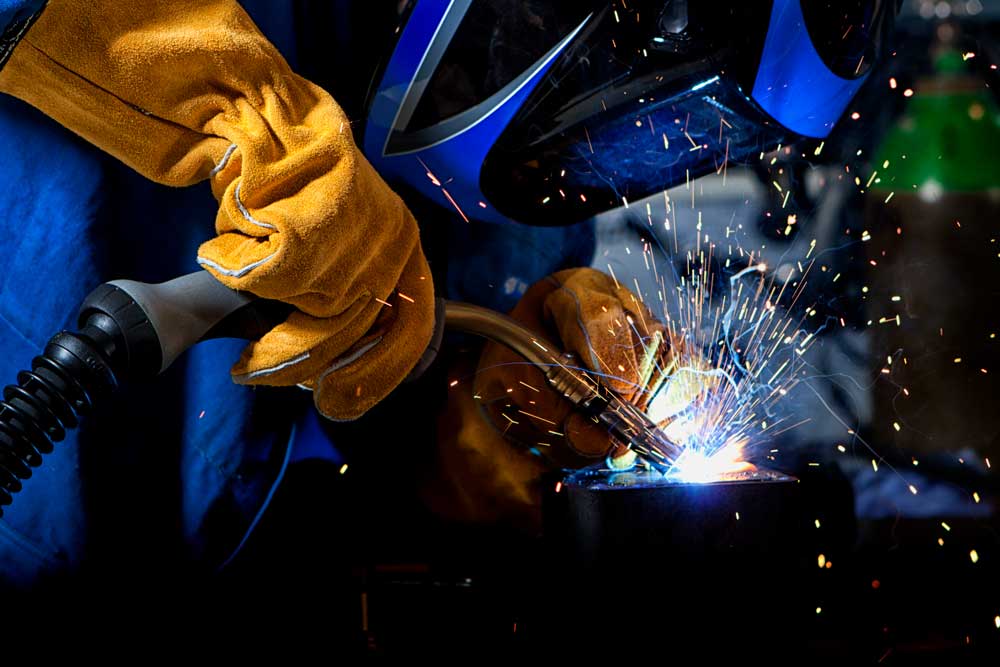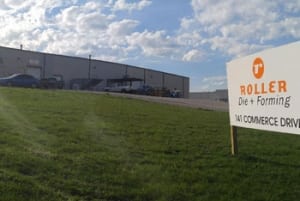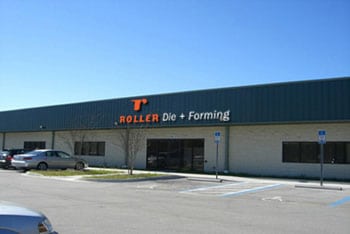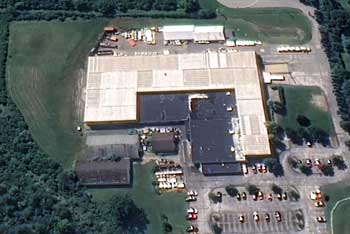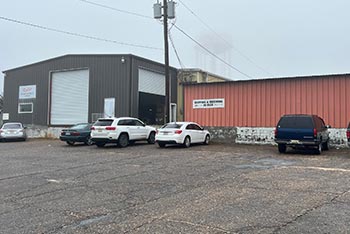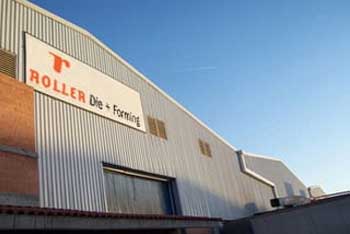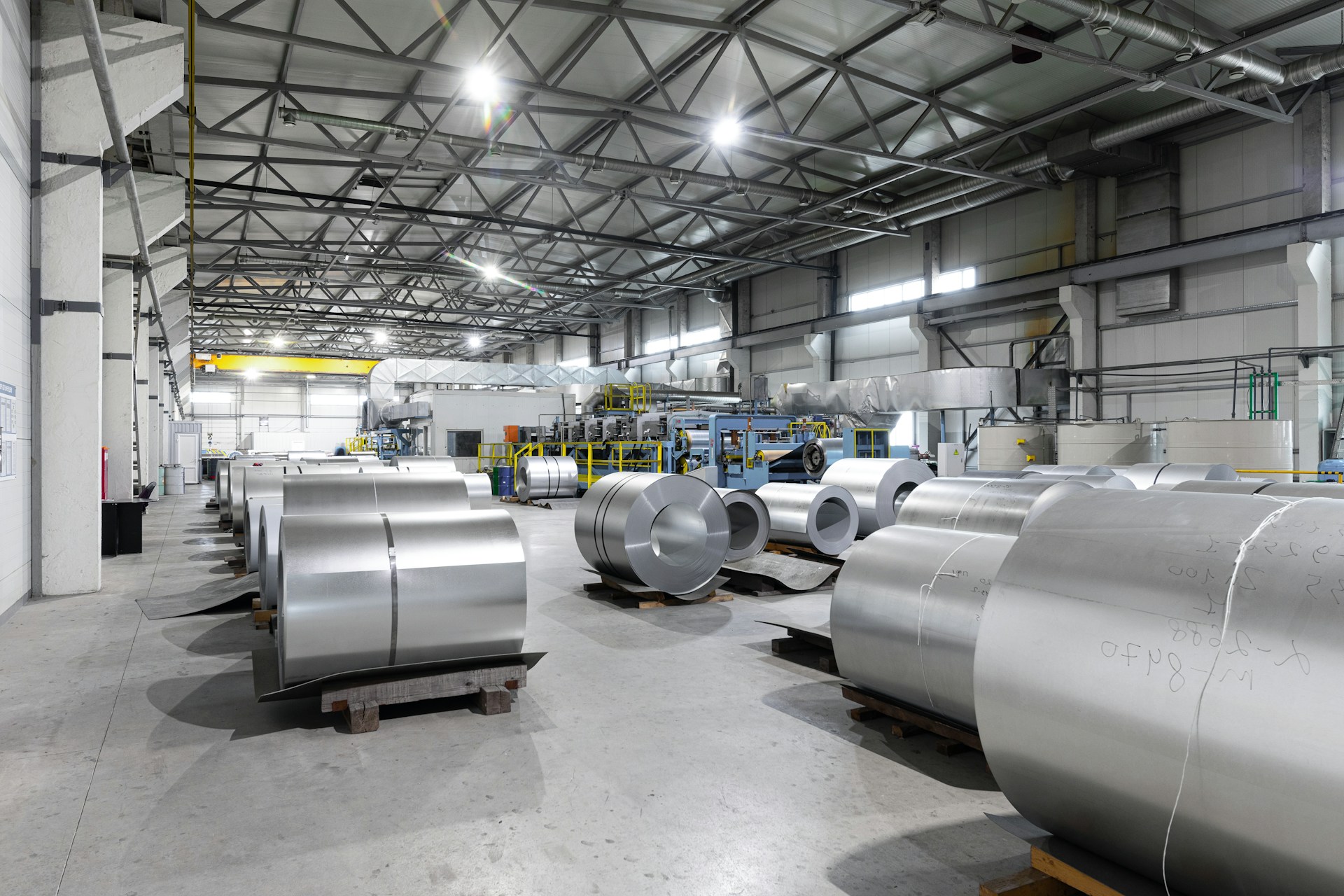The steel and metal markets are evolving rapidly in 2025. Changes in global demand, economic factors, and technological advancements are shaping the way these industries operate. Manufacturers need to stay informed to keep up with these shifts and make strategic decisions.
Environmental concerns are becoming more critical, prompting new regulations and innovations in recycling. The push for sustainability is altering how manufacturers source and produce their materials. Meanwhile, emerging markets are contributing to shifts in global demand, creating both challenges and opportunities.
Understanding these trends is essential for manufacturers aiming to thrive. From the effects of trade policies to the role of automation, staying updated on these topics can help navigate the complexities of the steel and metal markets. This article explores the key trends and offers insights on how manufacturers can adapt and thrive in 2025.
Global Demand Shifts in Steel and Metal Markets
In 2025, the global demand for steel and metal is shifting due to several factors. First, rapid industrialization in emerging economies is driving up demand. Countries like India and Brazil are expanding their infrastructure and manufacturing sectors, increasing their need for steel and other metals.
Second, the green energy movement is impacting demand. As countries and companies push for more renewable energy sources, there’s a spike in demand for metals like steel, copper, and aluminum used in wind turbines, solar panels, and electric vehicles. This shift is creating new opportunities and challenges for metal manufacturers.
Lastly, consumer preferences are changing. There is a growing desire for sustainable and high-quality products, which means demand for recycled and environmentally friendly metal products is increasing. Manufacturers must adapt to these demand shifts to stay competitive and meet market needs effectively.
Economic Impacts on Steel Pricing and Availability
Economic factors play a significant role in steel pricing and availability. Inflation and currency fluctuations can make raw materials more expensive, affecting the cost of steel production. When the cost of essential inputs like iron ore and scrap metal rises, steel prices often follow suit.
Global economic conditions also impact steel availability. For example, economic slowdowns or recessions in major economies can reduce demand and lead to an oversupply of steel. Conversely, economic booms increase demand, sometimes leading to shortages and higher prices.
Trade policies and tariffs also impact steel pricing. For instance, tariffs on imported steel can make it more expensive, pushing manufacturers to seek domestic sources. Understanding these economic impacts helps manufacturers manage costs and maintain a steady supply of steel.
Innovations in Steel Production Technologies
Steel production technologies are evolving quickly, offering several benefits. One significant innovation is Electric Arc Furnaces (EAFs). EAFs allow for more efficient production of steel by recycling scrap metal, reducing the need for raw materials, and cutting down on emissions.
Another advancement is the development of Advanced High-Strength Steels (AHSS). These steels are lighter and stronger, making them ideal for the automotive industry. AHSS materials help automakers build safer and more fuel-efficient vehicles, aligning with current consumer demands for better performance and lower emissions.
Automation in steel production is also on the rise. Automated systems and robots can handle intricate tasks with high precision, increasing productivity and reducing human error. These technologies enable manufacturers to produce higher-quality steel faster and more cost-effectively, benefiting their bottom line.
Advancements in Metal Recycling and Sustainability
Metal recycling is becoming a cornerstone of sustainability efforts. Recycling uses less energy compared to producing metals from raw materials. This results in a smaller carbon footprint and less environmental impact. For example, using recycled aluminum saves 95% of the energy required to produce it from raw ore.
Efforts to improve metal recycling include better collection systems and more efficient processing technologies. Enhanced sorting facilities and advanced shredding techniques make it easier to recycle metals like steel, copper, and aluminum.
Manufacturers can play a crucial role in advancing metal recycling. By incorporating more recycled materials into their products, they meet sustainability goals and respond to consumer demand for greener products. Investing in recycling initiatives and promoting eco-friendly practices helps in building a more sustainable future for the metal industry.
Regulatory Changes and Environmental Compliance
New regulations are becoming increasingly important in the steel industry. Governments and international bodies are setting stricter environmental laws to curb pollution and promote sustainability. These regulations require steel manufacturers to reduce emissions, manage waste better, and use more recycled materials. Compliance can be costly, but it helps create a cleaner and healthier environment.
Environmental compliance also involves using less harmful chemicals and materials. New laws restrict the use of certain substances that can cause environmental damage. By following these regulations, manufacturers not only avoid fines but also contribute to preserving the planet.
The Role of Automation in Metal Manufacturing
Automation is changing the metal manufacturing landscape. Robots and automated systems are now performing tasks that used to require human labor. This shift helps increase efficiency and production speed while also reducing the risk of errors.
Robots perform repetitive and dangerous tasks, ensuring greater safety for human workers.
Apart from enhancing productivity, automation also improves quality. Advanced sensors and monitoring systems detect any defects in real-time. This ensures that only high-quality products leave the factory, reducing waste and returns. Investing in automation technology can help manufacturers stay competitive in a rapidly evolving market.
Key Trends in Metal Alloys and Their Applications
Metal alloys are becoming more specialized to meet the demands of various industries. One key trend is the development of lightweight alloys. These materials are strong yet light, making them ideal for the automotive and aerospace industries. Using lightweight alloys can improve fuel efficiency and overall performance.
Another trend is the creation of high-temperature alloys. These materials can withstand extreme heat, making them perfect for use in jet engines and power plants. As industries push the limits of technology, the need for metals that can hold up under intense conditions grows.
Corrosion-resistant alloys are also gaining popularity. These materials are essential for marine and chemical industries where metals are exposed to harsh environments. By using corrosion-resistant alloys, manufacturers can extend the life of their products and reduce maintenance costs.
Advanced alloy development is crucial for staying competitive. Understanding the specific needs of different industries allows manufacturers to create tailored solutions that meet market demands efficiently. Keeping an eye on these trends helps in innovating and offering cutting-edge products to various sectors.
Impact of Trade Policies and Tariffs on Metal Markets
Trade policies and tariffs significantly impact the steel and metal markets. When countries impose tariffs on imported steel, it makes those imports more expensive. This can disrupt supply chains and lead manufacturers to seek domestic alternatives, which may be more costly. For example, if the U.S. imposes tariffs on foreign steel, American manufacturers may have to pay higher prices to source local steel.
On the flip side, export restrictions can limit a country’s ability to sell its steel abroad. Such policies can create an oversupply in the domestic market, causing prices to drop. This challenges manufacturers who rely on stable pricing to plan their production and sales strategies.
Alongside tariffs, trade agreements also play a role. Agreements that reduce or eliminate tariffs make it easier and cheaper to trade steel and metals between countries. Staying informed about these policies helps manufacturers adapt quickly, making strategic decisions to optimize costs and supply chains.
Future Outlook for Major Steel Producing Countries
The future of steel production varies across major producing countries. In the United States, advancements in technology and sustainable practices are expected to bolster the industry. American manufacturers will likely focus more on recycling and developing greener production methods to meet environmental goals.
Strategies for Manufacturers to Adapt and Thrive in 2025
Manufacturers must adopt several strategies to thrive in 2025. First, focus on sustainability. Using recycled materials and reducing emissions is essential not just for compliance but also for meeting consumer demand for greener products. Investing in sustainable practices can lead to long-term cost savings and a better market reputation.
Conclusion
The steel and metal markets are undergoing significant changes in 2025. From shifts in global demand and economic impacts to innovations in production and recycling, understanding these trends is crucial for staying competitive. Trade policies, the state of major steel-producing countries, and digital transformation also play essential roles. Manufacturers need to embrace sustainability, leverage new technologies, and explore emerging markets to thrive.
At Roller Die + Forming, we stay on top of these trends to ensure we deliver high-quality, innovative metal forming solutions for our clients. Interested in learning more about how we can help your manufacturing needs? Contact us today to see how we can work together for a successful future!

